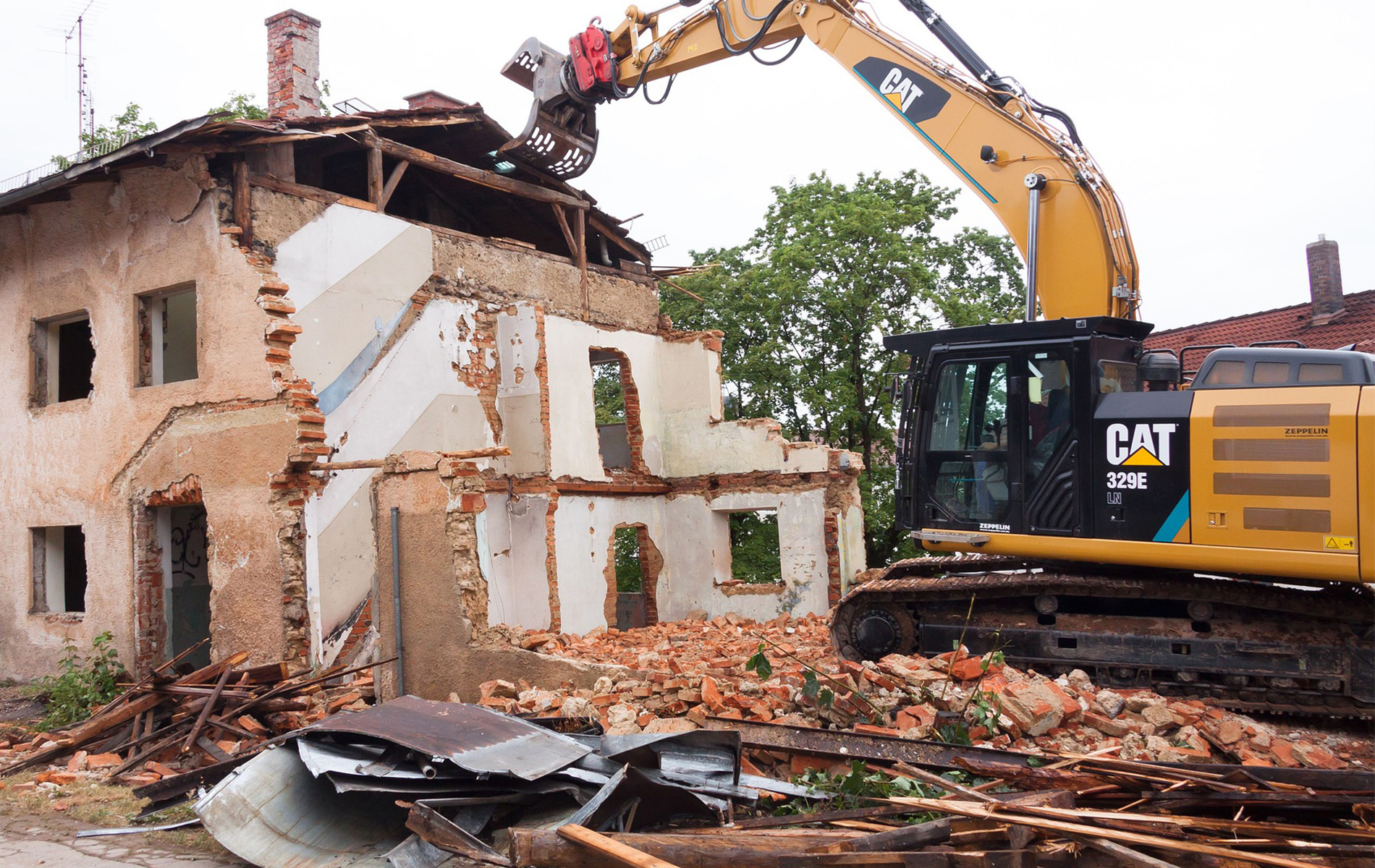Demolition and remodeling are two different ways to change or improve a place. When deciding whether to tear something down or fix it up, it’s important to think about a number of things that affect the outcome. This article will look at the pros and cons of each choice and give you tips on how to make a smart decision.
Introduction
When thinking about making changes to a home, it’s important to know how demolition and renovation are different. Demolition is the complete destruction of an existing building, while remodeling is the improvement and change of an existing building. The choice between the two will depend on a number of things, such as cost, time, structural soundness, and environmental effect.
Things to think about
Before deciding whether to tear something down or fix it up, it’s important to look at the situation and weigh the relevant factors. Some important things to think about are:
1. What it will cost
The money factor is very important when making decisions. Demolition might seem more expensive at first, but it saves money in the long run by getting rid of the need for expensive fixes and renovations. On the other hand, renovation can be less expensive if the building is physically sound and only needs small changes.
2. Time constraints
Think about how quickly the job needs to be done and how long it would take to do either demolition or renovation. Demolition usually takes less time than construction because it includes tearing down what is already there. Renovation jobs can take longer, especially if they involve a lot of changes.
3. Structural integrity
Check how the building’s structure is doing. If the current building is damaged or poses a safety risk, it might be safer to tear it down. On the other hand, renovation can be a good option if the structure is sound and only needs cosmetic changes or small fixes.
4. Environmental impact
Think about how your choice will affect the world. Demolition makes a lot of trash and adds to the amount of trash in landfills. But it might be the more safe choice if the building is not energy-efficient or has dangerous materials in it. On the other hand, renovation can cut down on waste and save resources if it focuses on making buildings more energy efficient and uses eco-friendly materials.
Pros and Cons of Tearing Down
Benefits of Tearing Down
- No restrictions on how to plan a new building.
- Getting rid of things that are old or dangerous.
- chance to start over with a clean slate.
Cons of Tearing Down
- Higher costs up front, including destruction and cleaning up the mess.
- Possible effects on the world from making trash.
- Loss of historical or emotional value connected to the current building.
The pros and cons of renovating
The Pros of Remodeling
- If the current structure is in good shape, it is a good value.
- Keeping things that have historical or physical value around.
- Less waste means less damage to the earth.
Remodeling Has Its Limits
- Because of the structure, there aren’t many design options.
- During the remodeling process, there could be hidden problems that cause costs to go up.
- During the repair, there will be noise and other problems.
How decisions are made
- When you have to decide between tearing something down and fixing it up, it’s important to follow a set of steps:
- Set out what you want to achieve with the project.
- Check the current structure’s state and talk to experts if you need to.
- Think about the financial effects of both choices, including the costs up front and the return on investment over time.
- Look at the time limits and the length of the job.
- Think about how it will affect the world and how long it will last.
- Think about any laws or rules that need to be followed.
- Think about the emotional and historical value of the building.
- Consult with architects, engineers, and contractors to find out what choices are available.
- Make a well-informed choice based on a thorough analysis of all the relevant factors.
Case Studies
Let’s look at two real-world examples to show what it means to choose between removal and renovation:
Case Study 1: The Building Came Down
In this case, an old building with serious structural problems was torn down to make room for a new building that uses less energy. The demolition gave the owner the chance to make the room more useful and fit his needs, which led to a successful makeover.
Case Study 2: Home Improvement Win
On the other hand, a historical building with architectural importance was carefully fixed up. The project’s main goal was to keep the building’s unique features while bringing its equipment up to date. The makeover did a good job of keeping the building’s historical charm while making it useful for the people who live there.
Expert Opinions
Different industry workers can have different ideas about whether a building should be torn down or fixed up. Some experts say that demolition makes it easier to be flexible and come up with new ideas, while others say that renovation is the best way to keep historical and cultural artifacts alive. It’s important to look at things from different angles and talk to experts who can give you help that fits your project.
Think about the environment
Both demolition and remodeling have effects on the environment, and using sustainable methods is important for both. In demolition, people can try to reuse and recycle materials to cut down on waste and protect the earth. By planning carefully and building in a responsible way, renovation projects can focus on saving energy, using materials that are good for the environment, and making as little waste as possible.
Aspects of the law and rules
Before you start tearing down or fixing up a building, it’s important to find out what the laws and rules are in your area. Get the necessary permits and make sure you follow zoning rules, building codes, and guidelines for historic protection. Talking to local officials and professionals who know the local laws can help you find your way around the legal landscape.
Financial Implications
When making a choice, money matters a lot. Costs for demolition usually include fees for getting licenses, cleaning up, and getting rid of the trash. Costs for renovations like labor, materials, and permits can vary based on how big the project is. Look at the possible gains on investment for each choice, such as an increase in the property’s value or rental income, to figure out which one is financially possible.
Value for Feelings and History
The emotional and historical worth of a building can affect whether or not it should be torn down or fixed up. Buildings that are important because of their history, culture, or emotional value may need to be saved by being renovated. Understanding how important a property is because of its past, value to the community, or personal ties can help make decisions and find a balance between practicality and preservation.
Future Trends
With new technologies and changed social norms, the fields of demolition and renovation are always changing. New trends include using safe materials, finding new ways to use old buildings, and coming up with new ways to build. Keeping up with these trends can give you useful information about possible opportunities for your project and help you make decisions.
Conclusion
Choosing between tearing something down and fixing it up is a big choice that needs to be carefully thought through. Demolition gives you a clean slate and full design freedom, but remodeling lets you keep what you like, save money, and make the building last longer. You can make an informed choice that fits your goals and values if you think about things like cost, time constraints, structural integrity, environmental impact, and emotional value.
Remember that the best results for your project will come from getting professional help and talking to experts in the field. Whether you choose demolition or remodeling, it’s important to go into the process with a well-thought-out plan and a clear understanding of the effects and possible problems.

